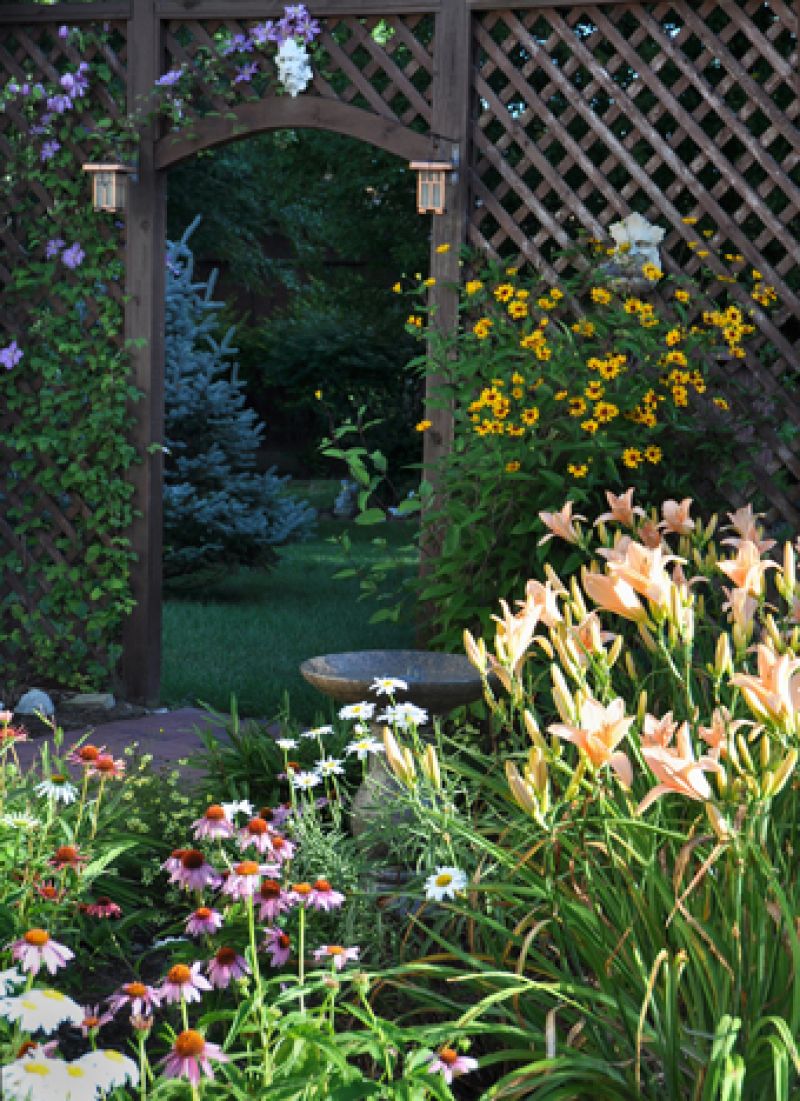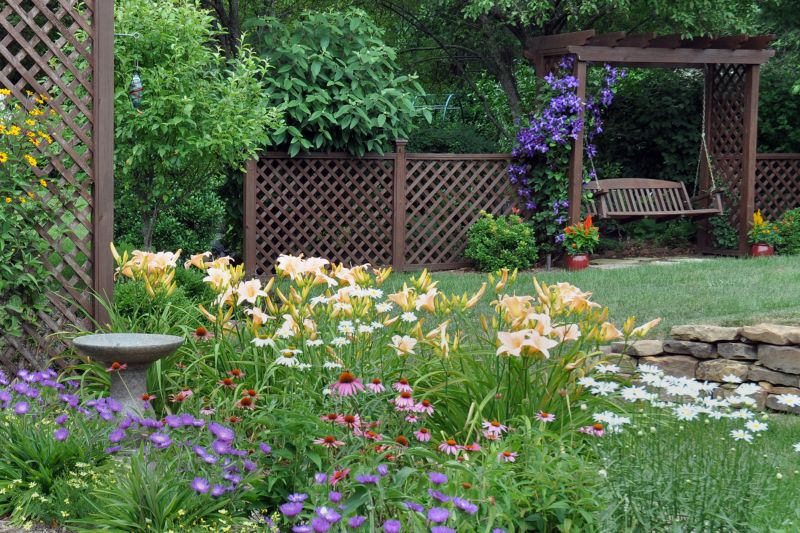What with global warming, climate change and maybe full moons, it really seems as if drought is more widespread than it used to be. If you want to tread softly on the earth, you may be interested in using more drought-resistant plants in your landscaping.
Corepsis: This is one of my favorites. It's so cheery! Plus it just takes no work at all, once it's established. It's an import and, like so many imports, it can be very vigorous. It reseeds itself like crazy, and sometimes it winters over. It works well in beds or meadows, it sips water, it blooms like mad you can see why I like it so much. Another reason is that it has two names the other one is tickseed. It's called that because (you guessed it) the seeds look like ticks. Okay, that isn't all that cheerful, but isn't it fun to know different names for plants?
Coneflower: Also known as Echinacea, is another water-sipper. You can find it with white, yellow, orange, or lavender petals, and I may be missing a few colors. It's native to North America, so it helps the ecosystem, and it's perennial, so you have to plant it only once. Be sure it has enough drainage, because it doesn't do well with wet feet. The only time it wants much water is when it's being transplanted. Otherwise, leave it alone. Of course you should deadhead it, and feel free to snip it for bouquets, but it really doesn't need to be fussed over.

(Shared by MLK. Coneflower in lower left.)
Daylily: I know, they're awfully common, but they're so beautiful that we should forgive that. Hybridization has produced daylilies of shades all up and down the yellow-orange scale, so your neighbor's daylilies may look very different from yours. Daylilies grow from bulbs and just keep growing. After you've had one for a few years, you'll need to divide it.

(Shared by MLK. Daylilies in center.)
Lavender: Surprisingly, this is another drought-resistant plant. Lavender comes from England, and England is not exactly known for drought, so what the heck is it doing producing a plant that does well in drought? You got me. If you know, tell us in a comment.
As you can see, water is not always a prerequisite for a beautiful garden.

